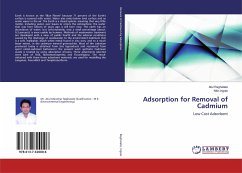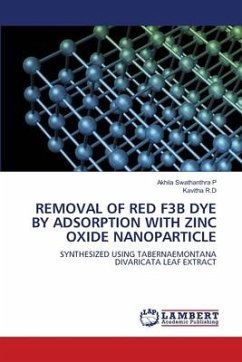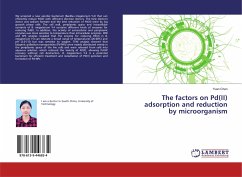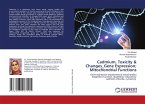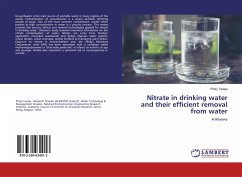Earth is known as the "Blue Planet" because 71 percent of the Earth's surface is covered with water. Water also exists below land surface and as water vapor in the air. The Earth is a closed system, meaning that very little matter, including water, ever leaves or enters the atmosphere; the water that was here billions of years ago is still here now. The earth has an abundance of water, but unfortunately, only a small percentage (about 0.3 percent), is even usable by humans. Methods of wastewater treatment are developed with a view of public health and the adverse conditions caused by the discharge of wastewater to the environment.Cadmium (Cd) is a soft, malleable, bluish white metal found in zinc ores, and to a much lesser extent, in the cadmium mineral greenockite. Most of the cadmium produced today is obtained from zinc byproducts and recovered from spent nickel-cadmium batteries.In the present work synthetic Cadmium waste is treated by using adsorption process. Three adsorbents selected were bark of Teak, Buteamonosperma and Ficusreligiosa. The result obtained with these three adsorbent materials, are used for modelling the Langmuir, Freundlich and Tempkinisotherm.
Bitte wählen Sie Ihr Anliegen aus.
Rechnungen
Retourenschein anfordern
Bestellstatus
Storno

